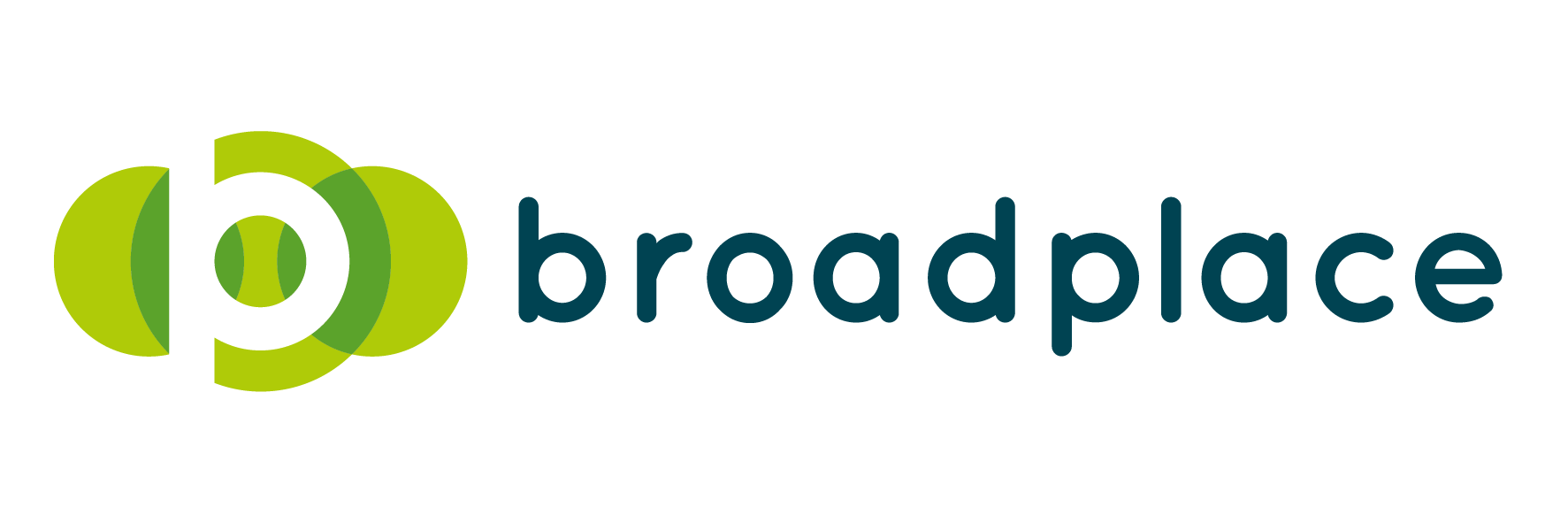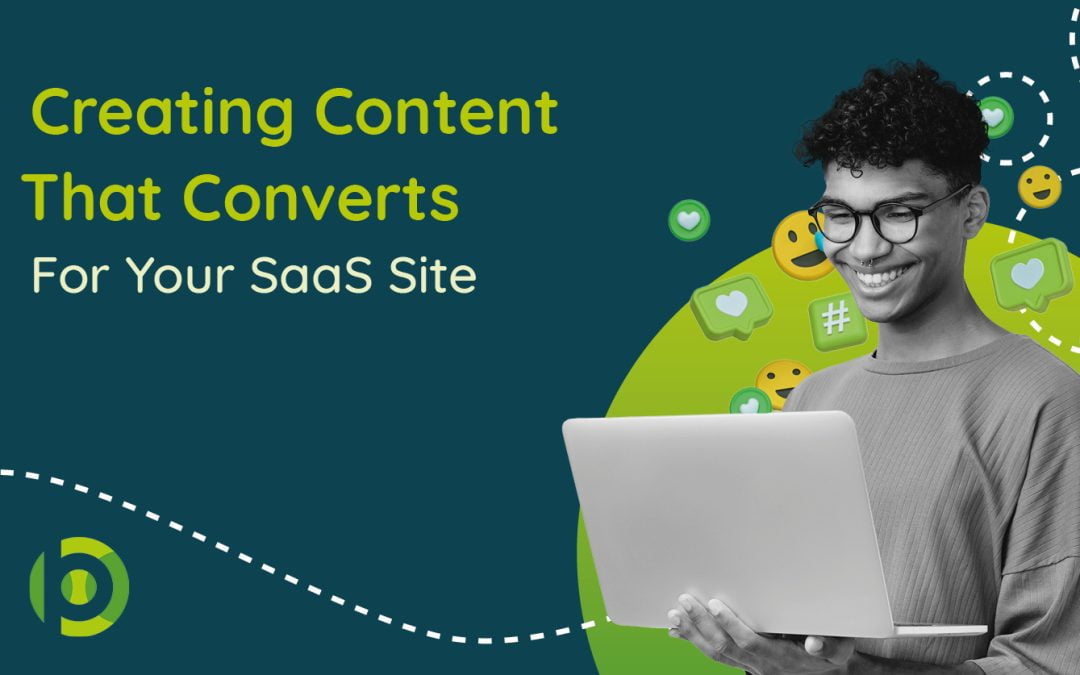Pipeline, pipeline, pipeline! If you’ve ever sat through an internal meeting between sales and marketing for a SaaS company, it will feel pretty much like the only thing that matters is feeding the pipe. And everything that you do should be focused on that and nothing else.
And although that’s not wholly true, making sure that your content strategy adequately focuses on the Bottom-of-the-funnel (BoFu) where users are highly engaged and will feed the pipeline, is critical for success and getting buy in from the business.
The problem is that’s easier said than done. Every business is looking to create that content. So it’s less about wanting to create this content and more about how you find BOFU content that will convert for your SaaS site.
In this post, we’ll provide a guide on how to use a Jobs-To-Be-Done (JTBD) framework to create content that will target users at the bottom-of-the-funnel.
And if you’re not sure what a JTBD framework is or how to create one, you can check out our previous post about creating a JTBD framework for a SaaS content strategy.
Let’s get started.
How Using a JTBD Framework Can Help Target BoFu Users
Most SaaS companies start with a common challenge: they have developed a helpful tool that solves a specific problem in their market, but they’re not sure how their audience searches for that solution.
This often leads to the creation of content that:
- Is hyper focused on the features
- Doesn’t drive a lot, if any traffic at all
- Fails to drive conversions and feed the pipeline
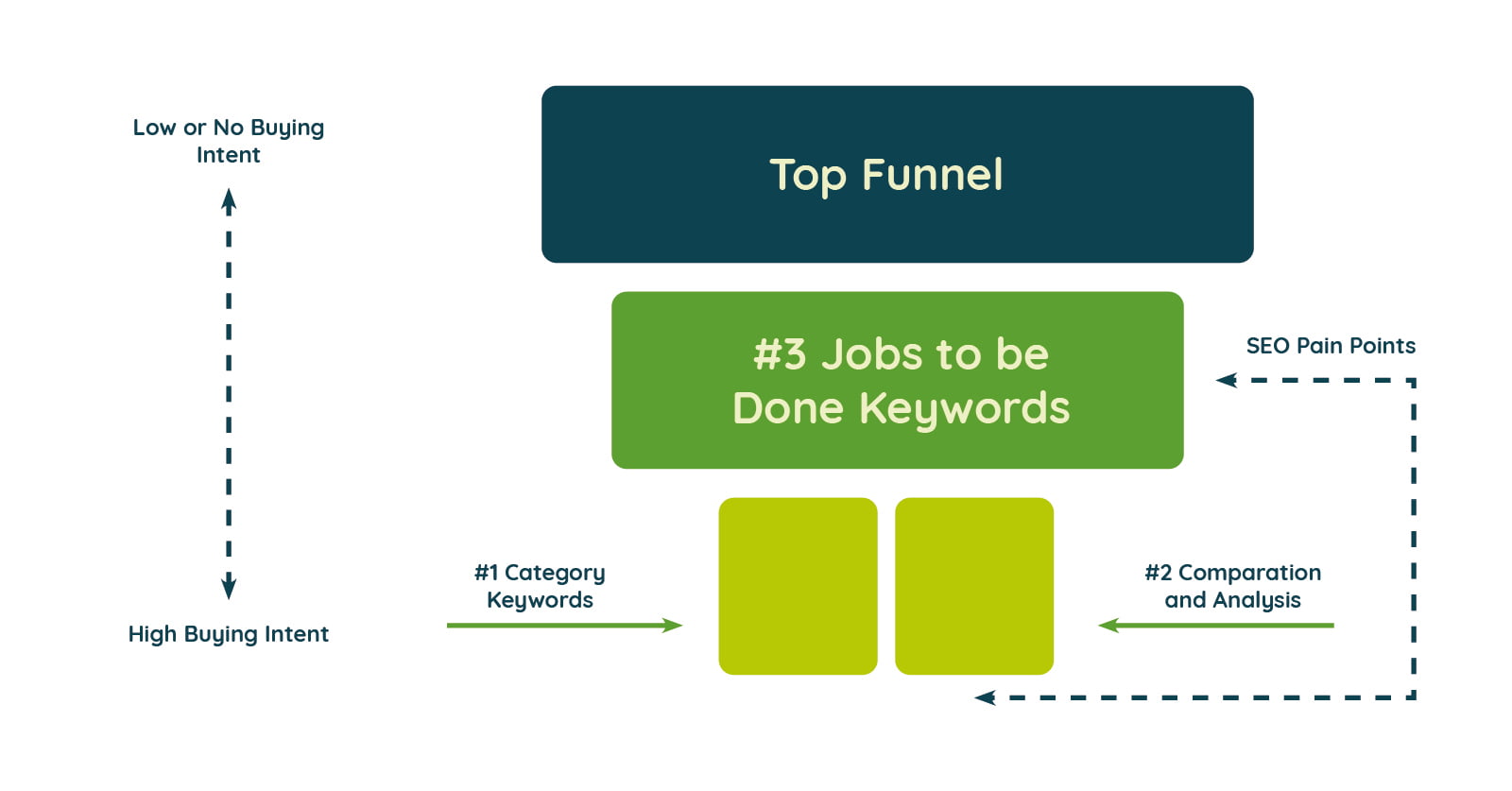
The key to overcoming this hurdle lies in understanding the precise needs and motivations of your users, which is where the Jobs-To-Be-Done (JTBD) framework comes into play.
For those unfamiliar with it, the JTBD framework is a powerful tool for uncovering the underlying reasons why users buy and use your product. Instead of focusing solely on the product features, it helps you understand the specific ‘jobs’ your users are using your tool for. This allows you to create content that directly addresses their needs and pain points.
It’s those pain points that are hyper-specific and where the high intent, high converting content ideas and topics exist.
How You Can Use a Jobs To Be Done Framework To Create BoFu Content For Your Site That Converts
Understanding what a JTBD is, is just the starting point. You need to know how to create it and use it to identify content ideas that will convert. Below is a step-by-step guide of how to do just that.
Identifying Your Target Market Pain Points
1. Define the Personas
Start by identifying the different personas that your product serves. Consider roles such as marketing managers, sales executives, or call centre managers. Each persona represents a distinct segment of your audience with unique needs and challenges.
2. Find Their Main Responsibilities
Next, delve into the primary responsibilities associated with each persona. Understanding their daily tasks and objectives is crucial. For instance, marketing managers might focus on campaign attribution, while sales executives might prioritise pipeline management.
If you’re struggling to think of key responsibilities for your personas then we suggest looking into job listings and descriptions on platforms like LinkedIn. They can be a goldmine for this stage, helping to provide insights into the typical day-to-day duties of each role.
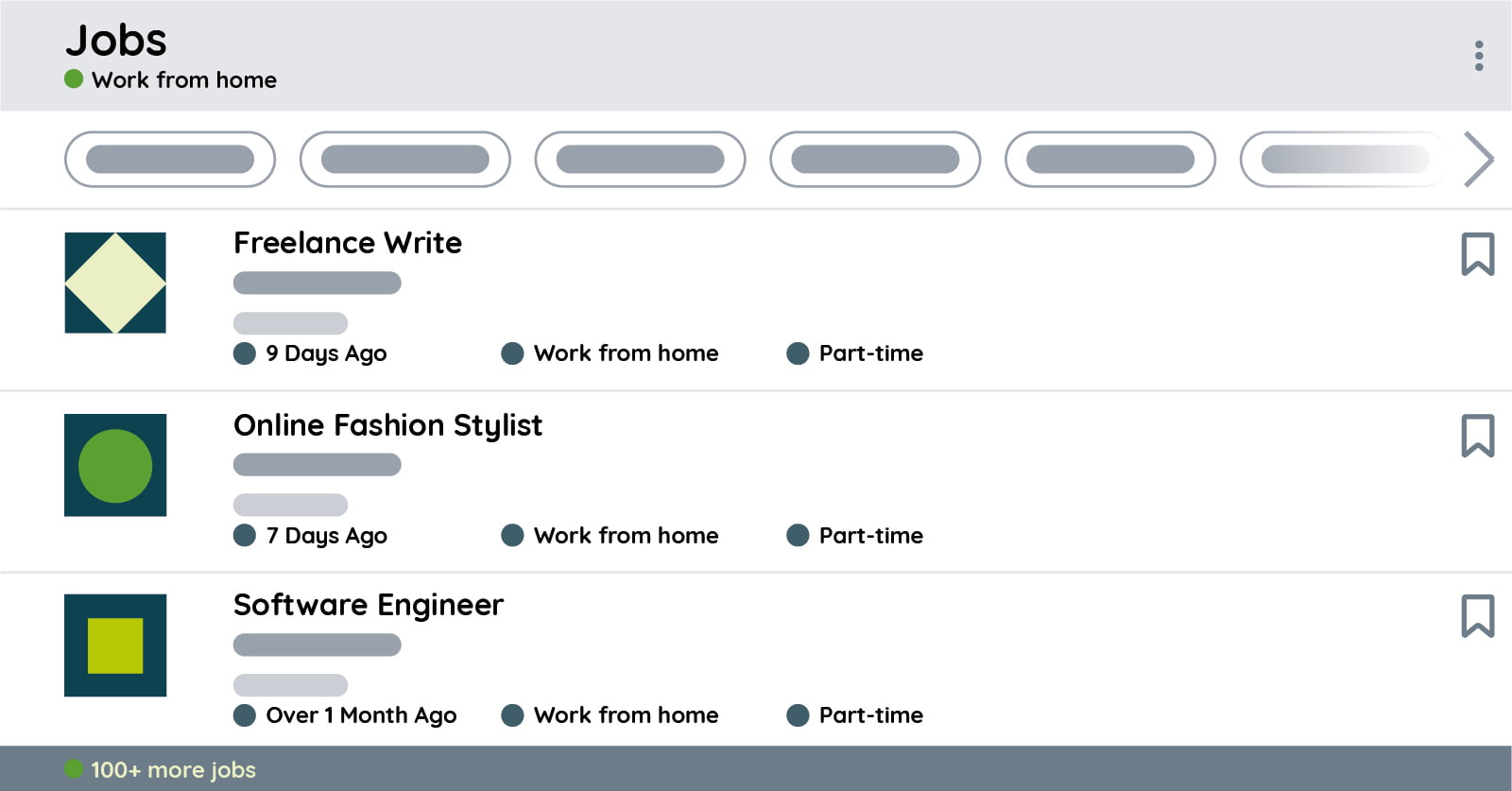
3. Find the Current Pain Points Around Each
With a clear understanding of their responsibilities, the next step is to identify the pain points each persona faces. This involves gathering data from various sources:
- User Feedback: Carry out exercises such as customer interviews to delve into the common challenges they face and how they utilise your product to overcome them. You can also use your CRM to send out surveys using tools such as SurveyMonkey. Also, try asking your sales or customer success teams for the most common responses they get from users on what they might be struggling with.
- Utilising Your Current Site Data: Analytics also plays a crucial role. By analysing user behaviour on your website and within your product, you can identify patterns such as where users drop off or which features are the most popular with your audience.
- Forums & Social Media: Don’t overlook the power of social listening. Monitor social media channels and forums where your target audience discusses their problems and needs. They can often give you more genuine information about your audience, as they are more likely to be utilising these spaces to troubleshoot any issues they are facing in their day-to-day role.
4. Map Pain Points to Specific Jobs and Your Tool
Once you’ve identified the pain points your personas face, the next step is to map these pain points to specific jobs or tasks and then align them with your product’s features. This process ensures that your content is tailored to address the direct challenges your users encounter and demonstrates how your tool can help.
Start by listing each role within your framework and detailing the common tasks they typically perform. Assign the pain points identified in your research to these specific tasks. For example, if a marketing manager struggles with measuring ROI from different channels, map this pain point to the task of “accurately tracking and providing updates on performance.” This helps you understand the direct link between user challenges and their objectives.
Finally, align these pain points with the specific features and benefits of your product. Here’s how to effectively map them:
- Review Your Tool’s Capabilities: Make a comprehensive list of all the features and functionalities your SaaS tool offers.
- Match Pain Points to Features: Go through the identified pain points and match them to the features of your tool. Determine which specific features can alleviate or solve these pain points.
- Highlight Key Features: Focus on the features that have the most significant impact on addressing high-intent pain points. These are the features you should emphasise in your content to attract and convert BoFu users.
By systematically defining personas, understanding their responsibilities, identifying pain points, and mapping these pain points to your product’s features, you can create highly targeted content that effectively addresses the needs of your audience.
Creating Content For Your SaaS Site That Converts
Now that you’ve got an understanding of your target personas, their pain points and how your tool solves them, it’s time to start creating content that converts.
The Types of Content Most Effective for BoFu Users
Although formats can vary and there isn’t a hard and fast rule as to what that content looks like, we do typically see some formats work better than others.
Below are some of the most common types of content we see:
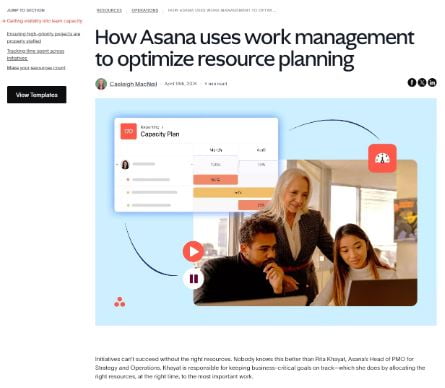
In-depth guides – Guides that specifically focus on a pain point and how your tool solves them can be great for feeding the pipeline as well as targeting queries that typically have a higher search volume around them.
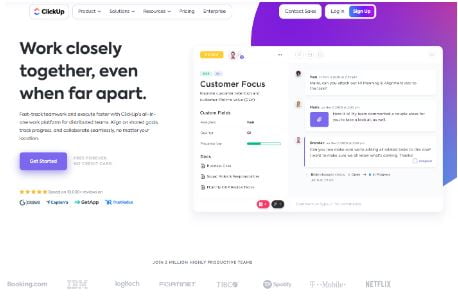
Use Case Landing Pages – Having specific landing pages dedicated to the common use cases that your tool provides is a tactic implemented by every top-performing SaaS site. These pages provide concrete examples of your product’s applications in different scenarios and specify the features that are available to solve your target personas’ pain points.
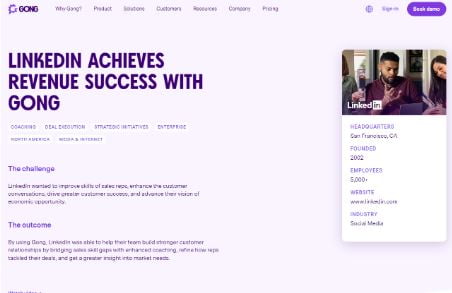
Case Studies – This type of content can showcase how your product has solved specific problems for other customers that are within the same space, providing practical evidence and acting as a trust indicator to your audience.
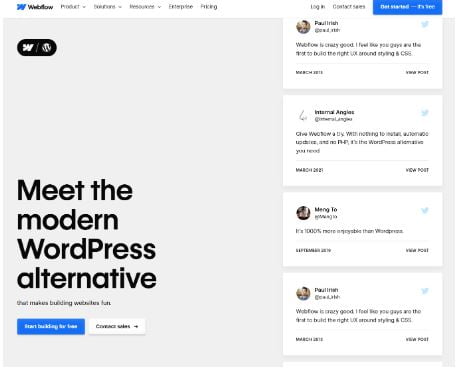
Comparison Landing Pages – We know that users love to shop around for the right product, and chances are they’re more likely to convert if they’re looking for comparisons. Product comparison pages help to highlight your product’s unique features and benefits compared to your competitors, helping users make informed decisions about which tool is right for them.
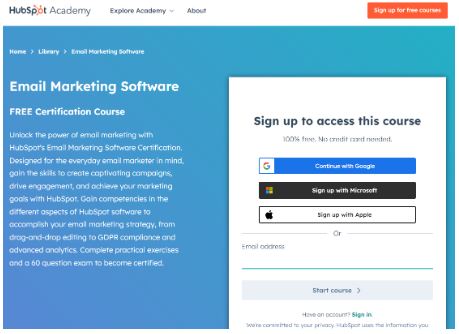
Academies (Courses) – Offering educational academies or courses can be a highly effective way to engage potential customers who are looking to deepen their understanding of your product or the industry as a whole. These courses can demonstrate your product’s value through practical, hands-on learning, and can position your brand as a thought leader and trusted resource.
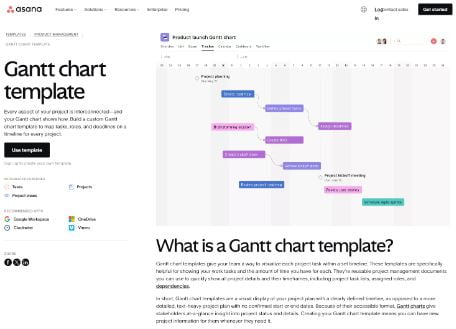
Templates – Providing ready-made templates that solve some of the common problems that we previously identified or that help to streamline processes can be a powerful tool. These templates not only offer immediate value to the user by saving time and effort but also can help to merchandise your tool by showcasing its capabilities and benefits.
Tips for Creating Content that Converts High-Intent Users
Great, you’ve identified content that converts for your SaaS site, but that’s only half the battle. If you don’t create a decent piece of content, then all that effort has gone to waste.
While covering everything that should be included in good content is a post in its own right, below are a few tips that if you follow them, you won’t go too far wrong.
1. Highlight Specific Benefits
Make sure that you weave the product into the content. If it solves something, create sections that show how it solves that problem. Highlight the features and how easy it is to use them.
2. Use Data-Driven Insights
Incorporate data and metrics to build credibility and showcase the effectiveness of your product. Highlight specific outcomes users can expect, such as “Our tool reduces project completion time by 30%” or “Users report a 40% increase in sales productivity after implementing our solution.” Using real data makes your claims more persuasive and trustworthy.
3. Use Visuals to Enhance Understanding
Incorporate visuals such as screenshots, infographics, and videos to make your content more engaging and easier to understand. Visual aids can help illustrate complex features or processes. For instance, include a video tutorial showing how to set up and customise your tool, highlighting key functionalities and benefits.
4. Address Common Objections
Preemptively address common objections or concerns potential users might have. Create content that tackles these issues head-on, providing clear, reassuring information.
5. Include Clear and Compelling Calls to Action
Guide your readers towards conversion with clear and compelling calls to action. Encourage them to try a demo, sign up for a free trial, or download a resource. Make sure your CTAs are benefit-focused, such as “Start your free trial today and see a 20% boost in efficiency!”
Conclusion
Creating high-converting bottom-of-funnel (BoFu) content for your SaaS site is essential for feeding the pipeline.
By using the JTBD framework, you can tease out the pain points that audience has and find those content ideas that are going to drive conversions. All you need to do is:
- Make sure you understand your users
- Research their paint points and map them to your user personas and the tool
- Generate your ideas around them
- Don’t forget to make sure that your content is good!
If you’re looking for more tips around driving traffic and leads to your SaaS site, then check out our posts on:
